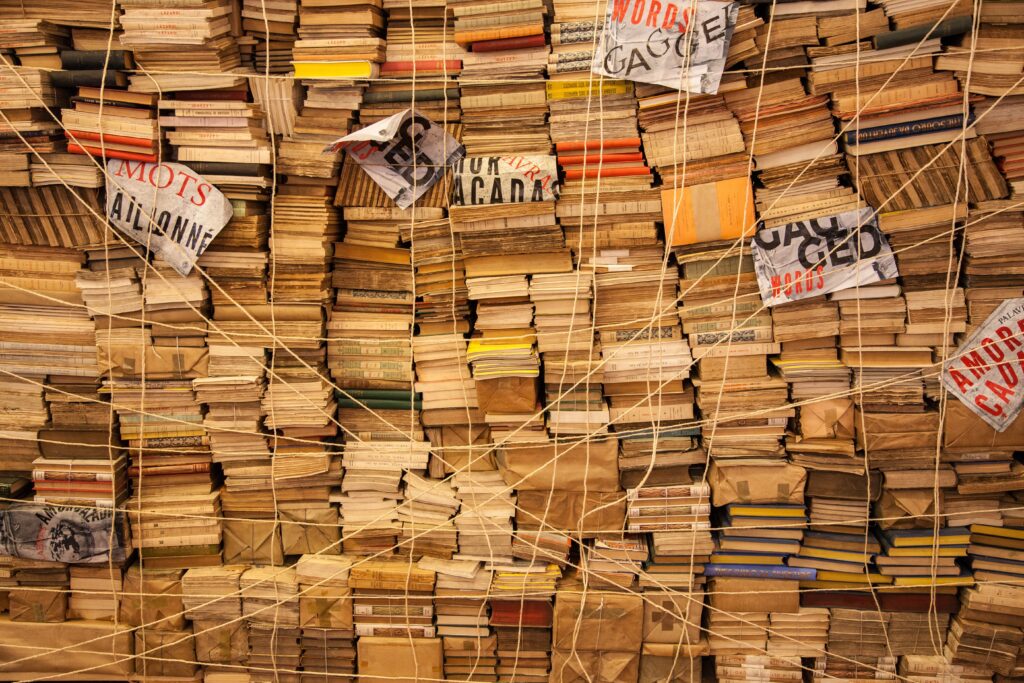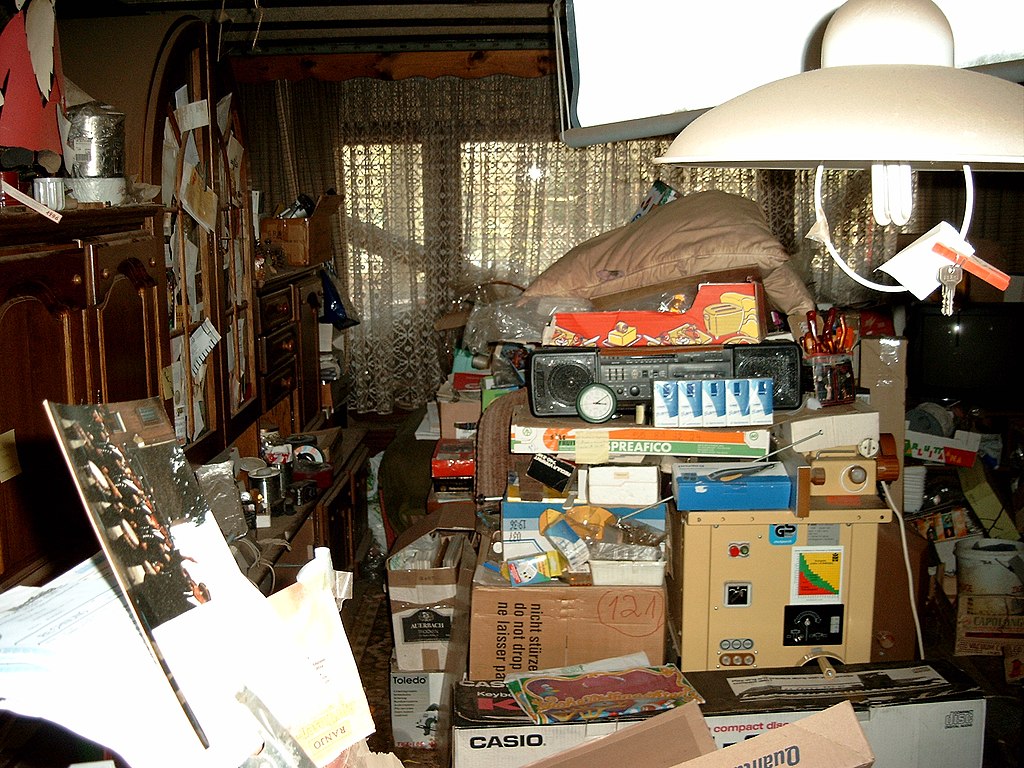BLOG
Finds and Interests

Image: W. Jordan
I’ve been an antiques dealer and collector for over four decades. Occasionally, a colleague may tease me about being a hoarder, but I’m not. My favorite items adorn my home, and I keep resale inventory in my warehouse. I have a lot of stuff, but there’s no hoarding involved.
Lately, I’ve wondered, though: at what point does one cross the line between hoarding and collecting? I’m reminded of the story of Euchlin and Louise Reeves, who gave their considerable ceramics collection to Washington and Lee University. When they married in 1941, he was 38, and she 66. Both were passionate about collecting ceramics. They collected until their home was full. Then they bought the house next door and began filling it. Eventually, the two houses were filled with furniture, artwork, and ceramics. Rumor has it that there was scant living space. Were they hoarders or collectors?

Image: Wikimedia
Hoarder or Collector: The Telltale Signs
Euchlin and Louise Reeves were collectors. They chose their treasures in an organized and purposeful way. Their collections—and the pursuit of them—enriched their lives. Hoarders, on the other hand, are compulsive. They are indiscriminate about their acquisitions and collect without a sense of organization or purpose. Stuff piles up to the point where it interferes with their ability to function normally.
These days, hoarding is recognized as a symptom of mental illness. Don’t be concerned, though, if you have a house full of “stuff.” It’s unlikely that you’re mentally ill. You may be prone to clutter, but not mental illness. The distinction between hoarder and collector is a matter of organization.
Clutter: Where Hoarding and Collecting Meet
Ten years ago, decluttering was a fad. Marie Kondo wrote her seminal text on the KonMari© method, and folks everywhere jumped on her “tidying up” bandwagon. She even hosted the Netflix reality series, Tidying Up with Marie Kondo. The gist of her method was to examine the items that clutter your home, and if, upon examination, they don’t “spark joy,” then you should get rid of them. For most folks, accomplishing that was harder than it appeared. We get attached to our stuff, and sometimes it’s not easy to toss it.
What is clutter, anyway? Is it when knick-knacks completely cover a lamp table? Or are five too many? When is enough enough? Let me clarify a few definitions: Clutter is when your possessions impede your living area.
Conversely, a collection may be present in your living area but doesn’t impede your routine. The table is cluttered if you have so many knick-knacks on your lamp table that you must move a few to place a coffee cup. Hoarding is extreme clutter: you can’t perform one task (sitting down) without first performing another (moving a pile of magazines).

Image: WorthPoint
A Collection Is More Than Just an Accumulation
I collect because I love the process. My natural curiosity drives my search for treasures, and I’m happy when rewarded with a great find. But being a collector isn’t just about accumulating items. I find it personally enriching and socially satisfying. I can meet people with shared interests and great stories to tell. Collecting is a way of life, and I can’t imagine living without it.
Will Seippel is the CEO and founder of WorthPoint®, the world’s largest provider of information about art, antiques, and collectibles. An Inc. 500 Company, WorthPoint is used by individuals and organizations seeking credible valuations on everything from cameras to coins. WorthPoint counts the Salvation Army, Habitat for Humanity, and the IRS among its clients.